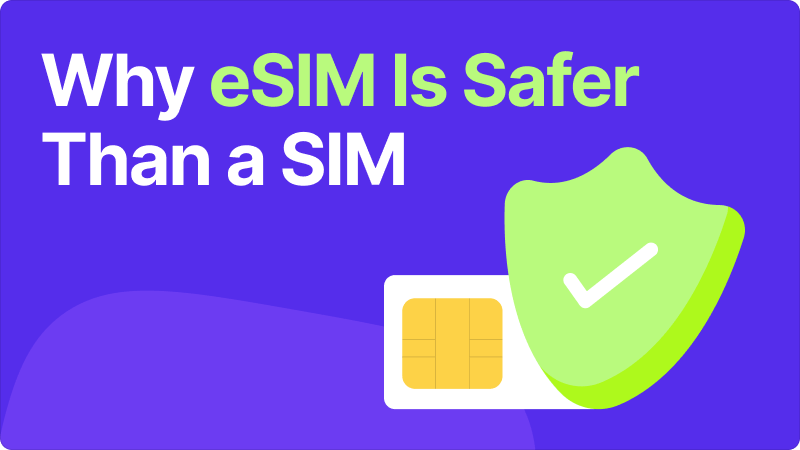One of the key advantages of using a travel eSIM is enhanced security – both in terms of durability and protection in case of theft. It’s no coincidence that some brands, like Apple in the U.S., have already started releasing smartphones without SIM card slots (e.g., iPhone 14-16, 14-16 Plus, Pro, and Pro Max).
So what exactly makes eSIM a safer choice for travelers? Find out below.
Phone Theft: Why Is eSIM More Secure?
Losing your phone or having it stolen while traveling is unfortunately quite common. However, an eSIM offers significant security advantages compared to a Regular SIM card:
- Non-removable. Unlike a SIM, an eSIM is embedded (basically, it's a mini chip that you activate via a QR code when you buy a plan). It cannot be removed/inserted into another phone. This means a thief won’t be able to access your banking apps, passwords, or other sensitive data.
- Remote management. You can remotely disable the eSIM and lock your phone, cutting off the thief’s internet access and preventing them from using your device/mobile data.
- No phone number. Many travel eSIMs, like those from our TooSIM company, provide only mobile data without a phone number (however, users can optionally set up call forwarding/use a second eSIM from a local carrier, like Vodafone or T-Mobile, for voice services alongside the travel data eSIM). This means that even if your phone is stolen, the thief cannot receive SMS messages or calls, nor intercept authentication codes for websites or banking apps.
